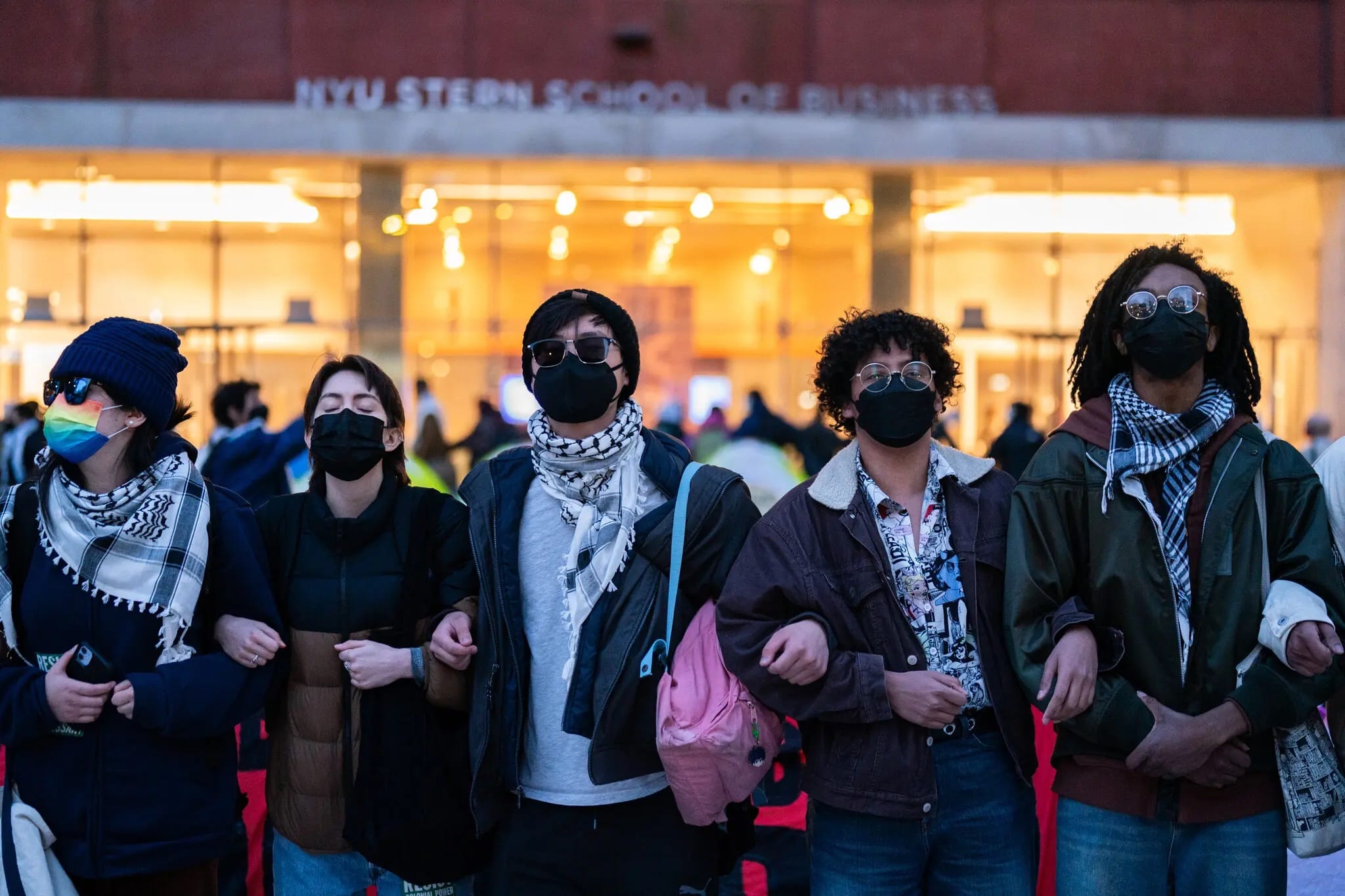
Should Congress Authorize Military Force Against ISIS? (H. Joint Res. 33)
Do you support or oppose this bill?
What is H. Joint Res. 33?
(Updated December 14, 2020)
This resolution would authorize the use of U.S. Armed Forces against the self-proclaimed Islamic State group (commonly known as ISIS, ISIL, or Daesh) and its associates.
Congress states that the use of force would be authorized under section 5(b) of the War Powers Resolution — requiring the President to stop using the Armed Forces within 60 days of enactment unless Congress has either:
Declared war or enacted a specific authorization to use the Armed Forces;
Lawfully extended the existing 60-day window;
Is physically unable to meet because of an armed attack against the U.S.
The Iraq War Resolution of 2002 would be repealed, allowing this bill to serve as the sole authorization for Armed Forces against the Islamic State group.
Argument in favor
The U.S. needs to use its military power to destroy ISIS. Doing so under the 2002 authorization to use force against Iraq sends the wrong message. Clearly identifying the target of these actions puts the world on notice that America intends to defeat ISIS.
Argument opposed
America is already undertaking military action against ISIS without this new authorization. The existing authorization from 2002 serves the same purpose and going through the process anew would only make things more complicated.
Impact
The U.S. Armed Forces, Congress, and the President.
Cost of H. Joint Res. 33
A CBO cost estimate is unavailable.
Additional Info
In-Depth: Sponsoring Rep. Adam Kinzinger (R-IL) introduced this bill to give the President flexibility in carrying out military action against ISIL — while still allowing Congress to have a consultative role:
“A war powers resolution from Congress should recognize the president’s authority as Commander-in-Chief and provide the resources necessary to defeat an enemy determined to destroy us. War strategy requires flexibility, and Congress should not tie this and future presidents’ hands at a time when the ISIS threat is growing even more powerful and dangerous… It is time for the President to be a leader and act decisively. He needs to stand up to his own party and say, ‘I’m the Commander-in-Chief. I’m coming to Congress for your support, and this is what I need to win the war.’”
There are currently nine cosponsors of this legislation in the House, all of whom are Republicans.
Of Note: The growth of ISIS throughout Iraq and Syria has left U.S. policymakers with difficult decisions to make in their efforts to stop, and ultimately eliminate the group's influence in the region. The CIA estimated in the fall of 2014 that ISIS had between 20,000 and 31,500 fighters.
Much of ISIS' notoriety in the U.S. comes from the beheadings of several Americans and the persecution of religious and ethnic minorities via military campaign. During the 113th Congress, two bills were introduced — one to end the AUMF against Al Qaeda and the Taliban, and one to repeal the AUMF and declare war on ISIS — but neither was successful.
Beginning in August 2014, the U.S. began carrying out airstrikes in Iraq, started arming the Kurdish Peshmerga, and eventually began carrying out airstrikes against ISIS targets in Syria. By mid-May 2015, the U.S. had carried out over 3,000 airstrikes in Iraq and Syria.
During this time, the number of American ground troops sent to Iraq has increased, with the first deployment raising troop levels to about 800 soldiers. Many of these soldiers were protecting the U.S. Embassy in Baghdad (which employs more than 5,000 people), and other diplomatic outposts.
By February 2015, total troop levels in Iraq topped 3,000 after several deployments of about 1,000
troops each. These personnel are primarily tasked with training the
Iraqi army and the Kurdish Peshmerga, while also defending U.S.
diplomatic facilities. They are not engaging ISIS in ground combat,
although some participated in the evacuation of the Yazidis from a mountain where they had been surrounded by ISIS fighters.
In October 2015, U.S. special forces participated in a raid in Syria that left one American serviceman dead, though the Obama administration insists that the raid doesn't constitute a change in strategy towards a combat mission.
Media:
- Sponsoring Rep. Adam Kinzinger (R-IL) Press Release
-
Countable YouTube
- Los Angeles Times
- National Review
(Photo Credit: Flickr user Enno Lenze)
The Latest
-
 IT: Battles between students and police intensify, and... 💻 Should we regulate AI access to our private data?Welcome to Thursday, May 2nd, listeners... The battle between protesters and police intensifies on college campuses across the read more...
IT: Battles between students and police intensify, and... 💻 Should we regulate AI access to our private data?Welcome to Thursday, May 2nd, listeners... The battle between protesters and police intensifies on college campuses across the read more... -
 Should U.S. Implement Laws Protecting Private Data from AI Access?Artificial intelligence is rapidly integrating into our everyday lives, transforming the way we work, live, and interact with read more... Artificial Intelligence
Should U.S. Implement Laws Protecting Private Data from AI Access?Artificial intelligence is rapidly integrating into our everyday lives, transforming the way we work, live, and interact with read more... Artificial Intelligence -
 Protests Grow Nationwide as Students Demand Divestment From IsraelUpdated May 1, 2024, 11:00 a.m. EST The battle between protesters and police has intensified on college campuses across the read more... Advocacy
Protests Grow Nationwide as Students Demand Divestment From IsraelUpdated May 1, 2024, 11:00 a.m. EST The battle between protesters and police has intensified on college campuses across the read more... Advocacy -
 IT: Rumors spread about ICC charging Israel with war crimes, and... Should states disqualify Trump?Welcome to Tuesday, April 30th, friends... Rumors spread that the International Criminal Court could issue arrest warrants for read more...
IT: Rumors spread about ICC charging Israel with war crimes, and... Should states disqualify Trump?Welcome to Tuesday, April 30th, friends... Rumors spread that the International Criminal Court could issue arrest warrants for read more...
 Climate & Consumption
Climate & Consumption
 Health & Hunger
Health & Hunger
 Politics & Policy
Politics & Policy
 Safety & Security
Safety & Security
